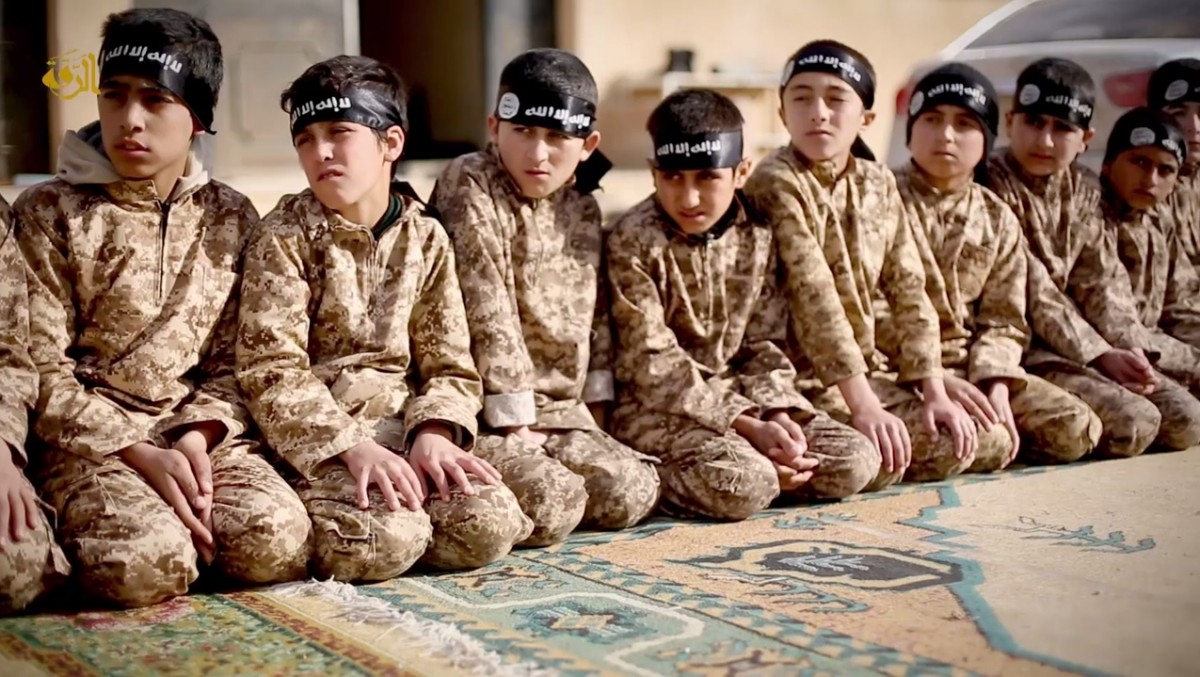Deradicalization programming is an essential element in wider reintegration efforts of individuals who have fallen victim to extremist philosophies, however analysts often critique any inefficiencies of such initiatives. This is often the case when individuals convicted of past terrorism infractions later go on to commit subsequent acts. A legal case earlier this year of a Bosnian citizen and the emergent deradicalization process inherent in the Balkan nation reiterate the actuality that any such initiatives are complex and require multifaceted solutions.
Legal Precedence
In a European context, Bosnia presented a unique situation as the small Balkan nation exported the most foreign fighters per capita in comparison to other continental states. Attention later transitioned to how the fragile nation would manage complicated issues related to repatriation, trying citizens through appropriate legal channels, and deradicalization programming in the immediate post-caliphate period.
The case of Munib Ahmetspahić is not unique in the context that an individual was tried and convicted for terrorism-related offences. Ahmetspahić had travelled to Syria to fight on behalf of Daesh twice and received a three-year prison sentence for these actions upon his return to Bosnia. Rather, the legal proceedings are notable because Ahmetspahić is the first foreign fighter to be medically certified as deradicalized.
Psychologists and psychiatrists reached this conclusion after seriously studying the statements made by the former foreign fighter. Ahmetspahić spoke bluntly about his regrets and expressed that he had been manipulated to take part in the terrorist campaigns through false propaganda. Once on the battleground in Syria, he witnessed a corrupt situation in which specific individuals fought for personal power and advancement, rather than the promotion of wider objectives for the Muslim people, as he originally thought. The loss of his brother, amputation of a leg, and wanting to be a part of the lives of his children initiated the first pangs of a deradicalized mindset. Any sort of rehabilitation cannot proceed without a serious reflection of conscience and personal acknowledgement of guilt.
Faulty Programming and Better Approaches
More often than not, anytime a previously incarcerated individual with terrorist-related convictions makes headlines, critics highlight the failures of the penal system and its deradicalization programming. This is an extremely ‘low-hanging fruit’ sort of critique as anyone with knowledge of how prison programs work knows that they are often underfunded, understaffed, restricted to a set amount of sessions that often do not cover all aspects, and success is dependent upon the attentiveness of the inmate. Perhaps, this is an issue with academic analysis because those trained in academia often present detached abstract solutions based on theoretical outcomes without first-hand experience or little to no contact with those personally influenced by the criminal underworld.
Deradicalization programs in this setting may be beneficial to those willing to absorb the lessons and engage in an examination of self, but recidivism in other aspects of crime with specific programming, such as narcotics offences and addiction counselling, teaches prison is indeed a revolving door. For instance, psychologists speaking in reference to the Ahmetspahić case highlight that, “neither radicalization nor deradicalization can happen overnight” and “little can be done if an individual has not already come to question their own actions.”
In both cases, inmates are asked to shed either a philosophy or a chemical that has taken a hold of their psyche, physical being and how they engage with their communities. And thus, any remedy requires an intensive and holistic approach that extends beyond punishment, but into the realms of intensive mental health services, social work, and supportive frameworks post-release.
Further, specific needs of the individual must be tailored into such programming and this cannot be done in a prison setting with its aforementioned issues. It is clear that these elements require not only a long-haul approach, but devoted resources too. For this reason, neuro-psychiatrist Ćemalović states that, “there is no patented deradicalization procedure” and such an endeavour requires systemic cooperation with society and religious communities.
The Wayward
It is prudent to acknowledge that not all radicalization cases can be effectively neutralized as hardcore proponents of extremism become so enmeshed with ideologies that they never relinquish hate or violence. Nonetheless, the Ahmetspahić case presents as one that has similar characteristics to many others.
In 2013, he was acquitted of destroying evidence connected to an armed attack on the United States Embassy in Sarajevo in 2011 and this experience fostered a sense of disillusionment with the Bosnian state. Ahmetspahić was a resident of Gornja Maoča — a village known as a stronghold of Islamist extremism in the Balkans. Employment opportunities were offered to wayward young men in the battlefields of Syria and it seemed like a profitable idea. A lawyer that worked with Ahmetspahić contends that he was not religiously radicalized, but rather, looking for a path.
The same conclusion can be applied to young people in other parts of the world that feel as though they have few prospects ahead of them. As an example, it has been noted that extremist groups often focus their recruitment drives in areas of economic downturn or working-class neighbourhoods. Arthur Snell, a former government official in the United Kingdom in charge of an anti-extremist program, once stated in an interview that, “They almost universally were young men without much sense of direction or status, and by joining the insurgency… they felt for the first time in their lives that they mattered, that they were doing something important, almost heroic.”
Similar feelings of disillusionment and the inability to escape environments that cause one’s psyche to question social arrangements often lead to the adoption of extremist thinking or alignment with others that feel the same way. However, it does not mean that this cannot be overturned with the proper resources that direct individuals to education, gainful employment, and positive social interactions. As such, it is difficult to ask a radicalized person (or released prisoner, for that matter) to make the transition to a peaceful existence if they are released from prison without adequate tools for the job market and return to the same communities that stoked extremist thinking in the past. These are resource-heavy solutions, but they must be examined and acknowledged as imperative.
Incarceration is an integral part of the crime and punishment of terrorism offences in societies with punitive legal systems. However, significant attention must be focused on the rehabilitative aspects not only behind bars, but especially when an individual has been released. The prison environment is one in which convicts become used to routine and program completion is often a mandatory part of release preparation, but reentry into communities is more difficult than it appears. It is this period of deradicalization programming that is indeed the most important and while ‘one size does not fit all’, networks focused on mental health care and skills development are primary needs.






